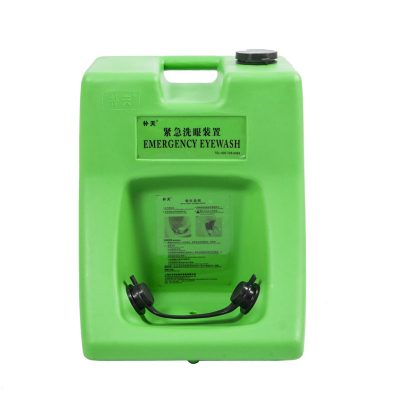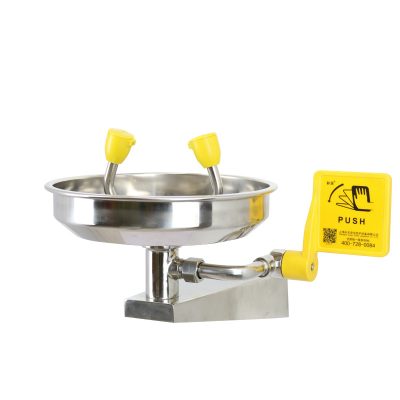Why Eyewash Stations Are EssentialIn some workplaces, it is vital to have an eyewash station on hand. An eyewash station is a device that rinses the eyes to physically remove harmful contaminants, reduce injury, and alleviate irritation. Safety regulations require eyewash stations in laboratories, manufacturing facilities, and other areas with hazardous materials.
Accidents can happen at any time. Even with careful handling of hazardous materials, mishaps can occur, and eyes can become exposed to chemicals or foreign objects. Without proper treatment, injuries can lead to temporary or even permanent blindness.
Having an eyewash station readily available can prevent serious eye damage. The eyewash station must be quickly accessible, visible, and easy to use. Additionally, it must be regularly cleaned and tested to ensure its proper function.
Eyewash stations come in various forms, including portable and stationary models. Some options can be self-contained or connected to a plumbing system. Units should have at least a 15-minute flow rate of 0.4-3.0 gallons per minute to guarantee adequate flushing. The water temperature should be lukewarm to avoid further irritation.
In the event of an eye injury, immediate attention is necessary. First, flush the affected eye(s) for a minimum of 15 minutes with running water, saline solution, or sterile solution. If the injury is severe, seek medical attention immediately. Prompt action will increase the chances of a full recovery and minimize lasting damage.
At the end of the day, reducing the risk of eye damage is crucial. With an eyewash station, the establishment is better prepared to handle any accidents involving eyes, ensuring a safer and healthier environment for workers.





